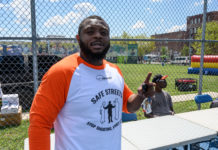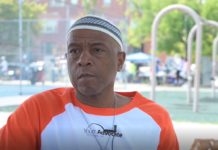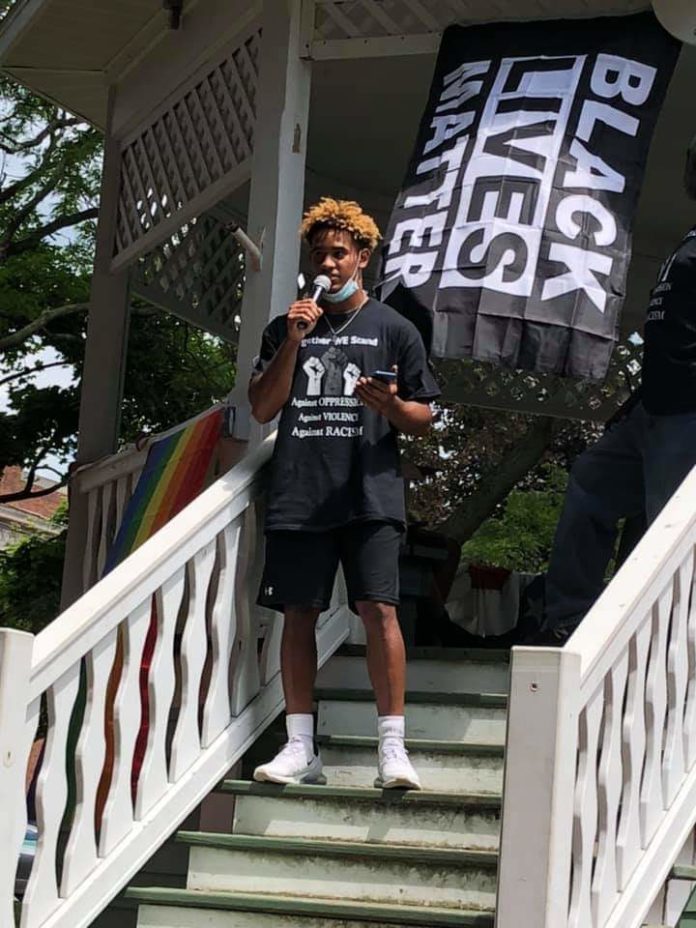
Seventeen-year-old Travontay proudly steps to the microphone at a Black Lives Matter rally in Lyons, NY. With a population of under 5,700 where everyone knows you, this was his chance to demonstrate how far he’s come — that he’s on track to graduate and go to college, working part-time, and way past the days when slapping a classmate’s bottom with ketchup on his hand nearly landed him in youth prison.
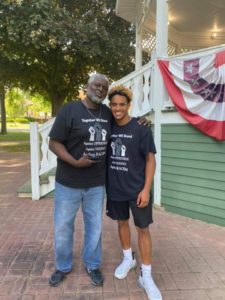
Travontay talked about James Schuler, his Advocate and mentor from Youth Advocate Programs (YAP), Inc., a community-based alternative to youth incarceration and out-of-home placement. Travontay was 14 when the school cafeteria incident happened. He, his mom and two siblings were homeless, staying in a hotel at the time. James helped the family reconnect with relatives who gave them permanent housing. He mentored Travontay and empowered him by helping him see his strengths and connecting him and his mother with tools to firm their family foundation.
“Tray was 100 percent treated differently because of the color of his skin” said Aleah, Travontay’s mother. “It felt good, with him [James] coming in and not accepting what they were trying to make him be. He would have been on the [sex offenders’] registry list at 14 or 15.”
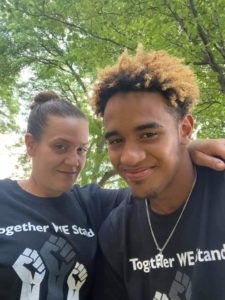
As communities across the country look to reimagine policing, public safety and justice systems, The National Human Services Assembly (NHSA) has re-released its 2017 Beyond Bars: Keeping Young People Safe at Home and Out of Youth Prisons. The report calls on policymakers, youth justice administrators and judges to invest in community-based alternatives to youth incarceration.
“Beyond Bars is a blueprint for implementing a continuum of care that emphasizes accessible community supports that empower young people and their families with tools to identify their strengths, thrive and give back,” said NHSA Board Chair and YAP CEO Jeff Fleischer. “This report is more relevant today, than ever before, as policy makers and legislatures are looking to develop alternatives to policing, probation, youth detention, youth prison and parole.”
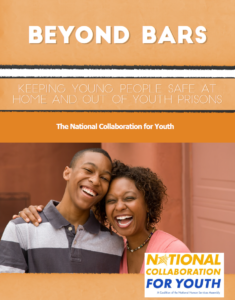
Beyond Bars, which addresses how youth prisons subject young people to maltreatment that can exacerbate trauma, limit learning and lead to future recidivism, calls for:
- Identifying community strengths and assets in order to keep youth in conflict with the law in their own neighborhoods, instead of isolated in youth incarceration facilities far away from their families.
- Providing culturally competent, neighborhood-based programs.
- More investments in services tailored to address the individual needs of each family and child, such as local mental and behavioral health centers, substance abuse programs, and victim services
- Soliciting input from impacted youth and their families when devising alternatives.
- Providing justice-involved youth with access to good schools, after-school programs, jobs, and opportunities to learn, grow, and develop in safe environments.
“Community safety should be defined by more than law enforcement and carrots and sticks; it’s about all the things that characterize safe neighborhoods, like access to good schools and jobs, opportunities to learn, grow, develop and play in safe environments,” Fleischer said.
Travontay agrees. So does his mother.
To learn more about YAP, please visit www.yapinc.org and follow the organization on twitter @yapinc. Learn more about National Human Services Assembly at www.nationalassembly.org.









